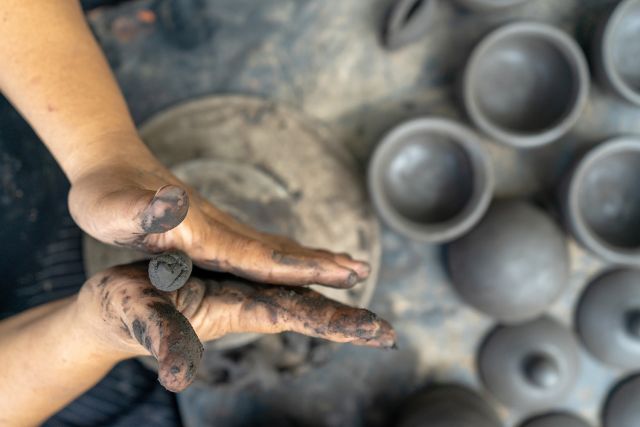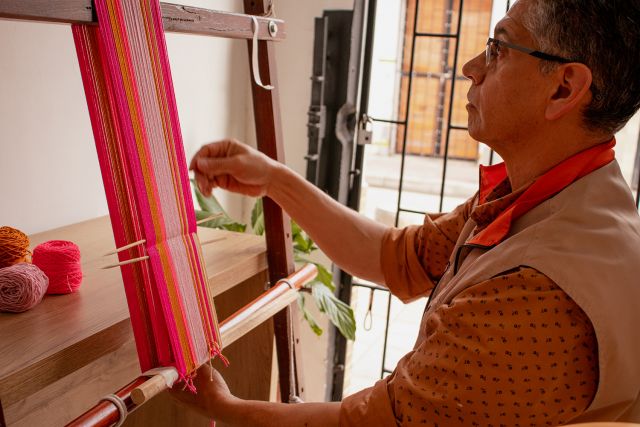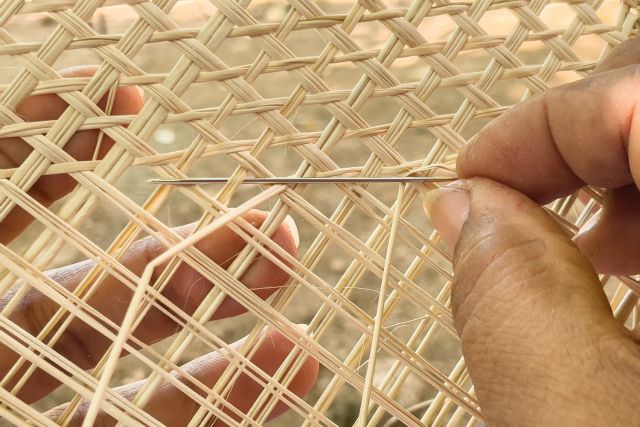Miriam Márquez recovered wood from the beaches of Morrosquillo Gulf to create this piece, inspired by Caribbean furniture. It can either be used as a seat or as a table.
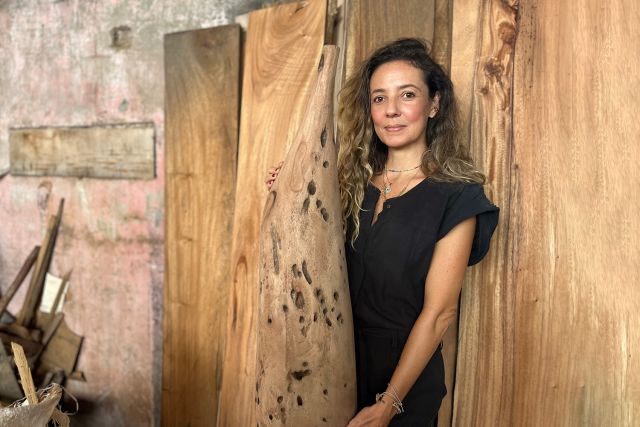
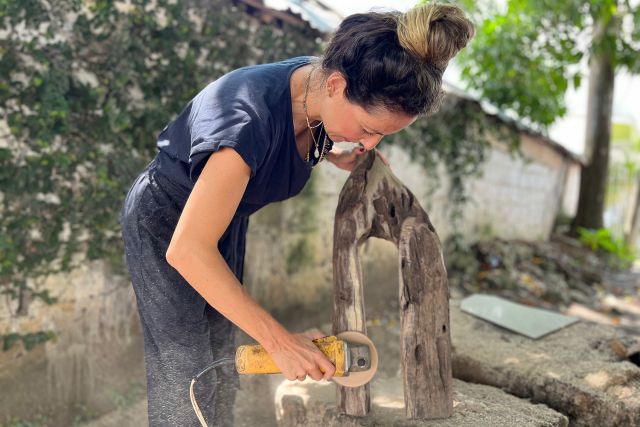
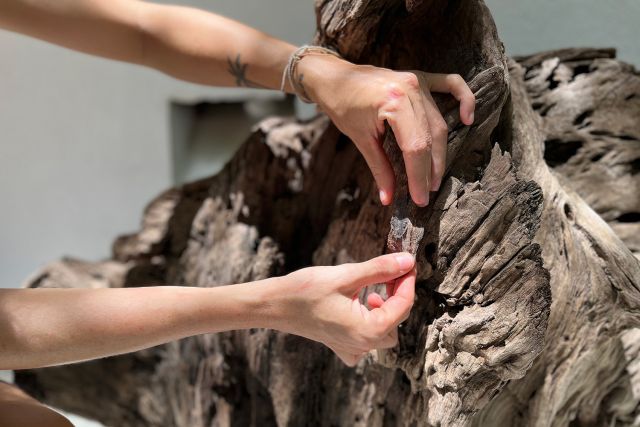
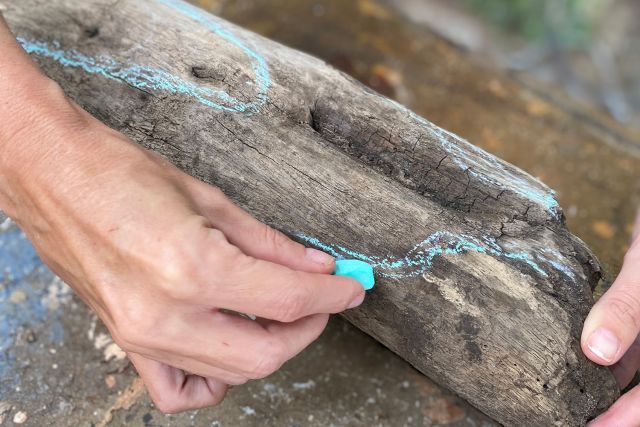
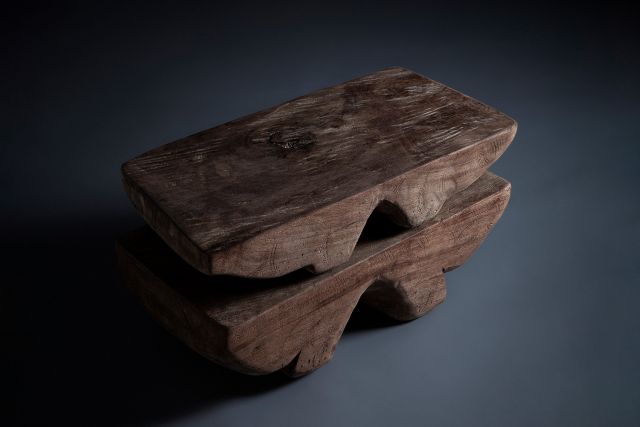
Miriam Márquez
- La Pájara Pinta
- Wood sculptor
- Moñitos, Colombia
- Rising Star
By appointment only
+57 3136727665
Co-creating with the sea
- • Miriam has a degree in communication
- • La Pájara Pinta is the name of her workshop
- • Working with driftwood is very meaningful to her
Miriam Márquez has forged a collaborative relationship with the sea, wind and sun at her beach house off the Gulf of Morrosquillo, on the Colombian Caribbean coast. She communicates with nature during her long beach walks as she 'hunts' for new pieces of driftwood that have washed up onto the beach. When she finds an interesting piece, she patiently awaits the drying process under the sun to discover the species, its creases, streaks, and fissures that salt water, currents and tides have brought on to it during a journey from an inland river to the gulf and back. Miriam observes the piece of wood until she can rewrite a story with it, respecting its marks and natural colours, to give it new life as a sculptural or functional piece.
Read the full interviewWorks
Photo: ©Juan Pablo Gutiérrez B

Photo: ©Juan Pablo Gutiérrez B
This vase is one of Miriam Márquez’s most emblematic designs. She acquired increased recognition thanks to pieces of this type. It is both a sculpture and a utilitarian piece recovered from an unknown species of wood.

Photo: ©Juan Pablo Gutiérrez B
This piece, made with recovered macaw branches, can be used as a daily kitchen implement, or as an original sculptural piece.

Photo: ©Juan Pablo Gutiérrez B
Miriam Márquez’s salted vase series includes this piece which was contoured to represent Caribbean bodies. Made from recovered teak, it was naturally cured from termite infestation with sea water.

Photo: ©Juan Pablo Gutiérrez B
This piece is made with saman wood recovered from Morrosquillo Gulf beaches. It can be both a functional kitchen implement or simply a decorative artifact.





